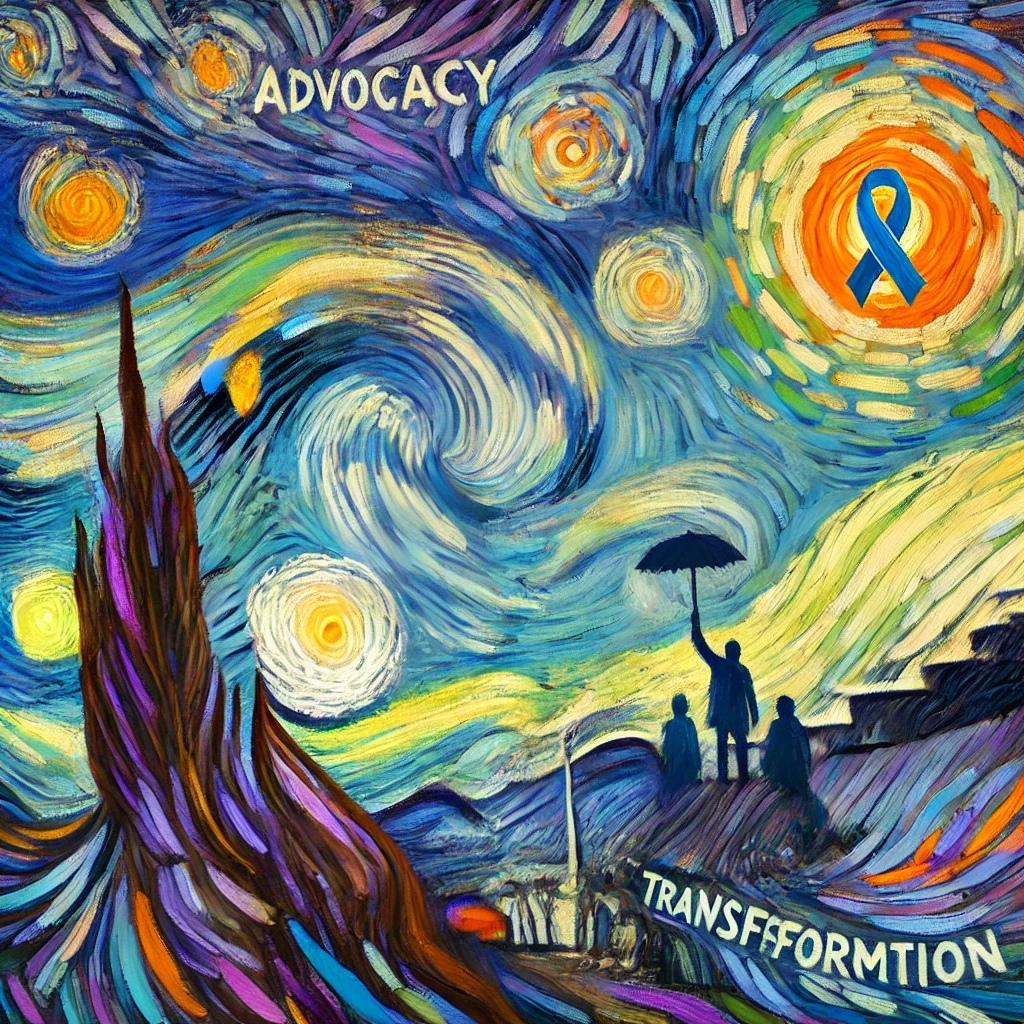The Legacy of Pedro Zamora: Breaking Barriers and Changing Minds
Pedro Zamora was a fearless advocate who used reality TV to challenge HIV/AIDS stigma. As a gay Cuban-American immigrant, he faced discrimination but fought back with education and authenticity. His legacy proves that visibility, knowledge, and courage can reshape public perception.

Introduction
Pedro Zamora was more than just a reality television star; he was a trailblazer in the fight against the stigma surrounding HIV/AIDS. As a Cuban-American immigrant living in the United States during the 1980s and 1990s, he faced not only the challenges of adjusting to a new country but also the immense weight of societal rejection due to his diagnosis and identity. Appearing on MTV’s The Real World: San Francisco in 1994, Zamora used his platform to educate millions about HIV/AIDS at a time when misinformation and fear ran rampant. His story is one of courage, resilience, and the power of representation. Through his life and activism, he reshaped public discourse around the disease and humanized a condition that had long been met with fear and discrimination.
The Stigma Pedro Zamora Faced
Pedro Zamora's life was marked by multiple layers of stigma, each shaping his journey and his activism:
- HIV/AIDS Diagnosis: In the late 1980s and early 1990s, being HIV-positive often meant social isolation, discrimination, and even legal consequences. The public largely viewed AIDS as a death sentence and, worse, as a disease that carried moral judgment. Many people, especially those in conservative communities, believed HIV/AIDS was exclusive to certain groups, particularly the LGBTQ+ community, and treated those affected as social pariahs.
- Homophobia: As an openly gay man, Zamora faced the prejudices and discrimination that were commonplace at the time. The LGBTQ+ rights movement was still in its early stages, and being an openly gay, HIV-positive man meant encountering hostility from multiple fronts—including government institutions, religious organizations, and the general public.
- Immigrant Identity: Coming from Cuba to the United States at the age of eight, Zamora carried the additional weight of navigating life as an immigrant. The intersection of being an HIV-positive gay man and an immigrant placed him at the crossroads of multiple marginalized identities, each carrying its own unique set of challenges.
- Media Scrutiny and Public Backlash: While The Real World: San Francisco gave Zamora a powerful platform, it also exposed him to scrutiny and ignorance. Some viewers—and even fellow cast members—displayed discomfort or resistance to his presence. Conservative voices in media and politics were quick to criticize his openness about his HIV status, further highlighting the deep-rooted stigma he was battling.
How Pedro Zamora Handled These Challenges
Despite these formidable obstacles, Pedro Zamora met each challenge with extraordinary resilience and unwavering commitment to education and advocacy. Here’s how he responded to the stigma he faced:
- Using Television as a Tool for Awareness: Instead of retreating from the public eye, Zamora leveraged reality TV as a means to educate the masses about HIV/AIDS. His presence on The Real World was groundbreaking, as it brought real, unfiltered discussions about the disease into millions of homes, challenging misconceptions in real time.
- Living Authentically and Fearlessly: Zamora never hid who he was. He openly discussed his sexuality, his diagnosis, and his experiences, providing representation for people who felt unseen or silenced. In doing so, he normalized conversations that were previously considered taboo.
- Confronting Misinformation Head-On: When faced with ignorance, such as the discomfort expressed by his fellow cast member David “Puck” Rainey, Zamora responded with grace and education rather than anger. He saw moments of misunderstanding as opportunities to inform and change minds.
- Advocating in Schools and Public Forums: Even before joining The Real World, Zamora was an active public speaker. He visited schools and community centers to share his story, using his own experience to demystify HIV/AIDS and encourage safe practices.
- Building Meaningful Relationships: Zamora’s relationship with Sean Sasser, whom he married in an on-air commitment ceremony, was one of the first televised same-sex relationships in mainstream media. This representation was pivotal in humanizing LGBTQ+ relationships for many viewers.
Lessons We Can Learn from Pedro Zamora
Pedro Zamora’s story is filled with lessons that remain relevant today:
- Visibility Matters: Representation in media can shift public perception and create empathy. Zamora’s presence on television gave a face to the HIV/AIDS crisis and helped combat stigma.
- Education is the Most Powerful Weapon Against Stigma: Misinformation fuels prejudice. By educating others, whether through personal stories or broader advocacy, we can dismantle harmful stereotypes and encourage understanding.
- Courage is Contagious: Zamora’s bravery inspired countless individuals to live openly and fight for their rights. His story shows that personal authenticity can be a powerful force for social change.
- Compassion Can Change Minds: Instead of responding with anger to those who misunderstood or feared HIV/AIDS, Zamora approached them with patience and knowledge. His ability to educate without hostility made him an effective advocate.
- Even a Short Life Can Have a Lasting Impact: Zamora passed away at just 22, but in his short life, he achieved more than most do in a lifetime. His legacy continues to inspire activists and everyday people alike.
Conclusion
Pedro Zamora's life was a testament to the power of resilience, education, and authenticity in the face of immense stigma. In an era when fear and misinformation surrounded HIV/AIDS, he chose to step forward and use his voice for change. His work helped shift public discourse, proving that the best way to combat stigma is through visibility, knowledge, and human connection. Though his life was tragically cut short, his legacy endures, reminding us that courage and truth can shape the world for the better.
